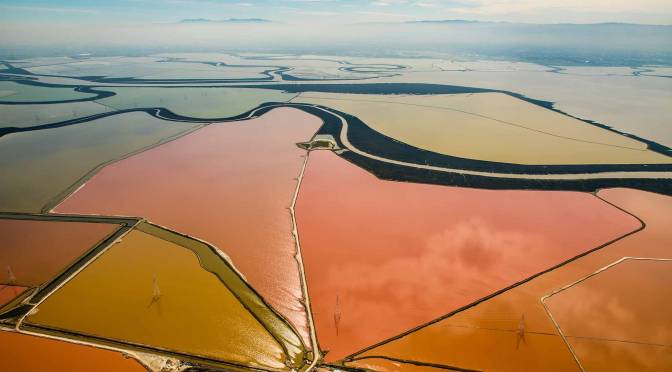It’s no secret how to minimize man-made climate change: Reduce greenhouse gases. That’s the intent behind carbon credits in the cap-and-trade market and climate actions like planting trees. But there’s a major accounting issue. How do you ensure a polluter is truthful about things like how much they’ve reduced their emissions or how many trees they’ve had planted?
Some in the tech world think “blockchain” is the answer — and not just to the accounting problem, but to man-made climate change itself.
Blockchain is the hot technological tool du jour, following on the heels of big data, the internet of things and artificial intelligence. It’s known as the technology behind bitcoin and other cryptocurrency. And that’s where there’s a bit of irony in all this. Digital mining for cryptocurrency now accounts for a ton of energy usage. It’s hard to say exactly how much. But a study in Joule suggests it consumes about as much energy per year as the entire country of Ireland.
Regardless, there’s no end to the number of things people are saying blockchain can solve: poverty, financial crises, health insurance bureaucracy, human rights abuses, elder care, cancer, and now, climate change. Every day PR teams pitch increasingly ambitious (some might say implausible) applications to journalists, like how blockchain can improve elder care, prevent financial crises or cure cancer. Wired compiled a list of 187 PR pitches about blockchain applications.
Until a year or two ago, no one really talked about blockchain and climate action. Now it’s routinely the subject of papers and panels. Climate scientists are debating how blockchain can help with something like accountability in the carbon credit market, renewable energy production and carbon soil sequestration. The list goes on and on.
